Bouldering is now a sport in its own right, with more than 9 million plus climbers and 600 related facilities in the United States alone. In bouldering, you can experience the same adventures, problem solving and physical challenges as rock climbing but the height is usually at 10-20 feet or less above the ground.
Here are five things to consider when determining whether it is a good idea to include climbing boulders in your park or playground.
1: Budgets, Play Value, Fitness Benefits and Nature Play
Climbing Boulders can range from $1,000 for a smaller piece to more than $30,000, depending on size, capacity and type of construction. Freestanding boulders in the $20,000 range can usually be completely traversed. These generally are designed to accommodate 10 plus climbers and are built to heights of 8 feet or higher. Boulders specifically designed for this purpose provide the greatest opportunities for a full body workout. Climbers can maneuver up and around these boulders, strengthening their core, improving coordination, balance, flexibility, mental focus and physical strength.
With the popularity of nature play, boulders are also being purchased as links to structures, climbing ropes, attached to nets or as part of a balance course. Aesthetically pleasing and physically fun, this application is primarily play- and theme-based rather than fitness based.
Like any investment, in order to maximize the benefits, it is important to first determine your primary goal and then select the type of climbing boulders that best reflect that.
2: Determine Your User Group
2-5 year olds: Boulders for this age range are freestanding at heights of 4 to 6 feet. It is important that they are easily climbable, with flat ledges right up to the top, so that children can have success in reaching the summit. Boulders designed this way help young children develop balance and coordination. Having the incorporation of natural fossils in the boulders provides a tactile and learning experience.
5-12 year olds: Boulders here are typically one of two types: freestanding or transition pieces between traditional playground decks. Transition type boulders will have less climbability because they are “links” and are usually only climbable on one or two sides.
Freestanding boulders, on the other hand, are designed to be vertically, but more importantly, horizontally climbable for 360 degrees. To increase fun and challenge each rotation should be able to be done following a different route.
To accommodate children in this full age range, it is important for boulders to have hundreds of foot and hand holds, with various degrees of difficulty. The reason for this is the wide range of heights and strengths of the different ages. Typically boulders for this category are available in heights from 6 feet all the way up to 10 feet-plus.
Quite often parks want to have two or more boulders of different heights to easily accommodate the full range of climbers.
Instructional signage is important particularly for any boulder area used by children 5-12 and up. Signage ideally would cover such things as safety guidelines, different types of foot and hand hold opportunities and how to use them to promote climbing around the boulders.
Teens through adult: This area is starting to get more attention, as park directors and planners want to provide a fitness experience for the entire family, rather than just the children.
Boulders in this category tend to be used more for exercise and skill building. These boulders would be placed by themselves in a separate safety and surface area, without 2-5 and 5-12 signages and designated as family play with adult supervision.
3: Types of Pre-engineered Boulders Available
Type 1 includes roto-molded plastic, fiberglass and resin based. These types of boulders tend to be the most economical because they are produced using precast molds and are the lightest in weight—800 lbs. or less. Typically the handholds are built in, and in some cases, augmented with additional resin-based bolt-on holds.
Type 2 is glass-fiber reinforced concrete, also produced using a mold. Weights here tend to run 1,000 lbs. or more, depending on size.
Type 3 is handcrafted concrete boulders. The main advantage of these boulders is that they tend to have 5 to 10 times more climbing holds than either Type 1 or Type 2. The variety of holds is also greater because the sculptor, like nature, can incorporate under clings, etc., which cannot be accomplished within a mold process. This style of boulder is the heaviest with weights up to 7,000 lbs. plus for larger pieces. Lifting eyes and or forklift channels are an integral part of the design unless of course the boulder is constructed on site, which in most cases can be cost prohibitive.
4: Installation Requirements
Artificial climbing boulders typically ship as one piece. Lighter boulders are usually installed using concrete footings or bolting down to concrete pads.
Concrete and GFRC concrete boulders often are heavy enough not to require a footing and can be installed directly on a compacted three-quarter down rock base.
The cost of the required installation can be a sizeable portion of the overall cost. This therefore becomes a consideration when selecting the type of boulders being purchased.
Always comply with manufacturers’ written instructions and shop drawings.
5: IPEMA, ASTM and CPSC Safety Standards and Compliance
Most manufacturers have had their boulders designed and tested to comply with ASTM and CPSC standards. IPEMA-approved climbing boulders are listed by model number and manufacturer on the IPEMA website at www.ipema.org, and printed certificates are available.
Under ASTM and CPSC, boulders fall into the category of climbers. Whether freestanding or as links they do not require any form of guardrail or handrail. Standard surfacing requirements are a minimum 6 feet around the boulder or the composite play structure if it used as a link.
The fall height and amount of resilient surfacing is determined by the height of the boulder. Wood fiber, sand and pea gravel can all be used as safety surfacing as well as rubber tiles, chips or poured-in-place.
Children of all ages have always loved to climb boulders and trees. Artificial climbing boulders are now able to bring the experience of nature to the playground, yet still comply with ASTM and CPSC standards for playground safety.
(ED—Winnipeg, Canada-based RockCraft provided the information for this article on bouldering. For more information, contact 866-786-1635 or http://rockcraft.net/cms/.)

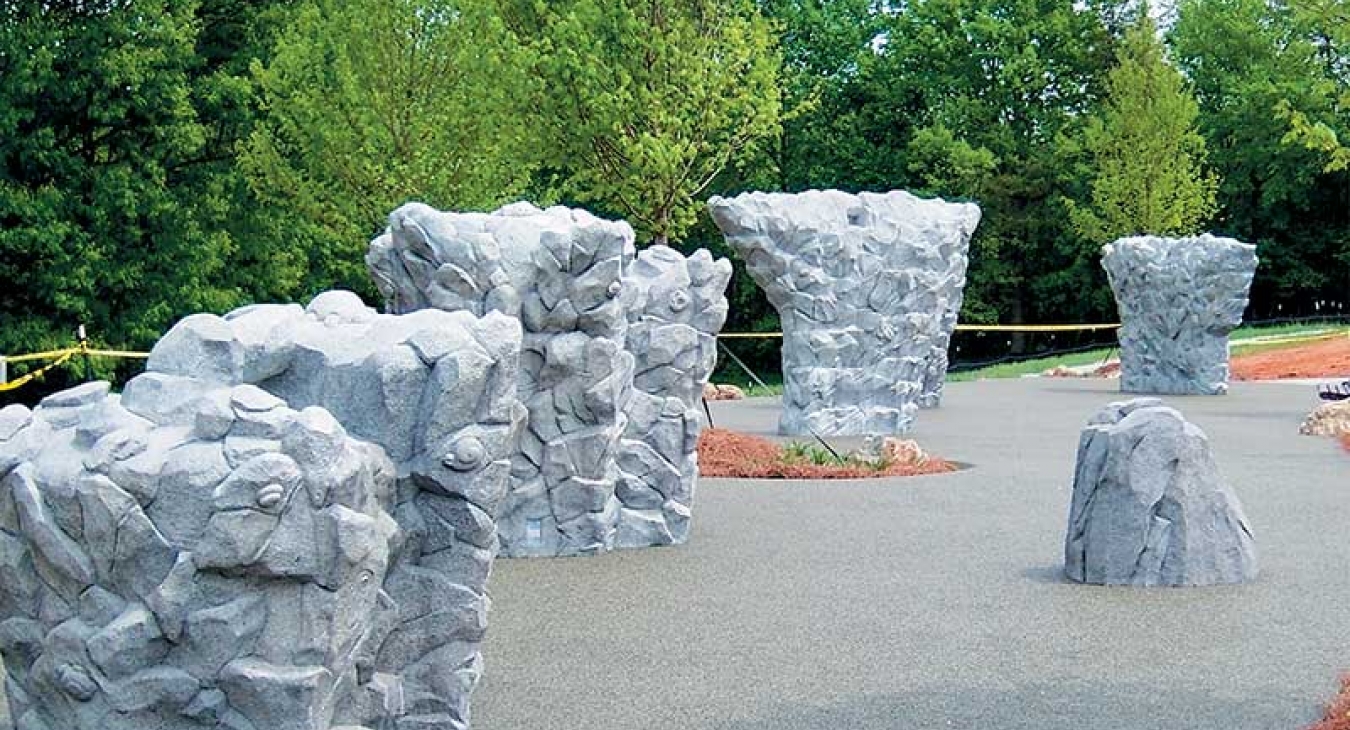

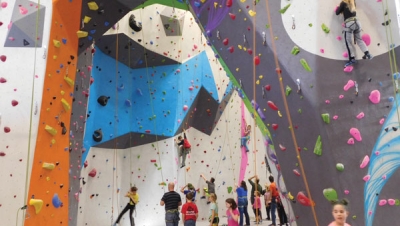
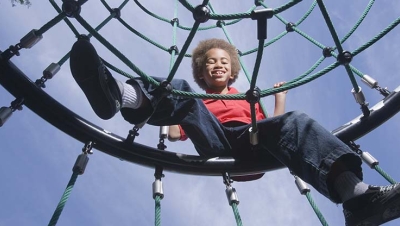
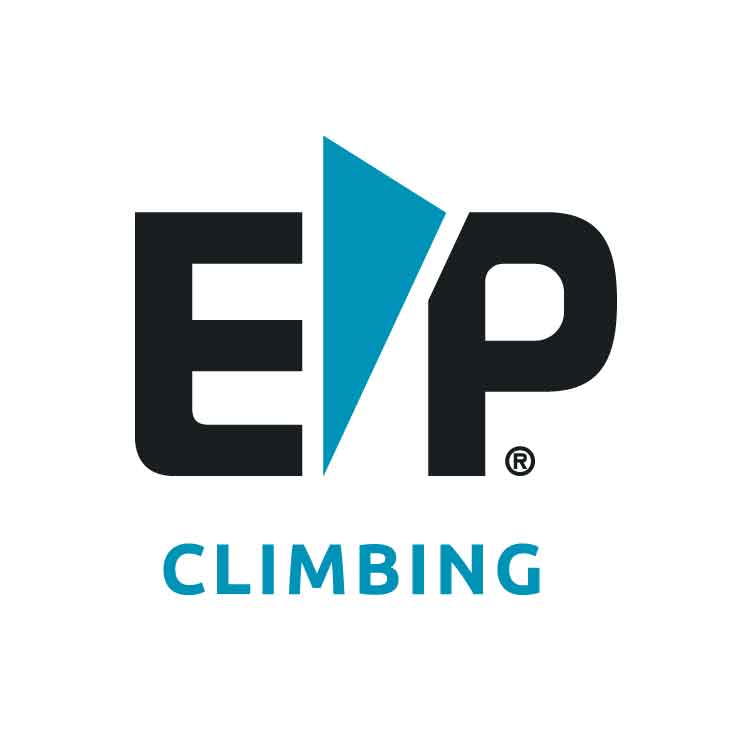
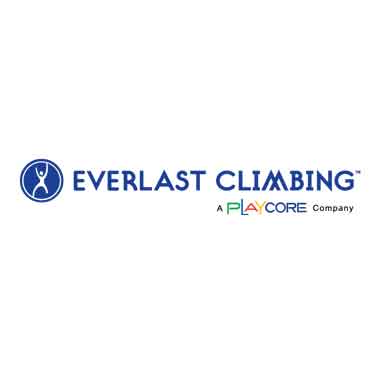
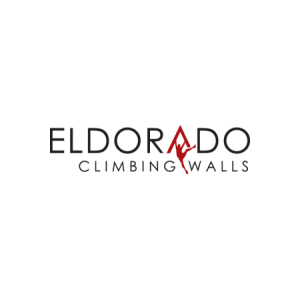


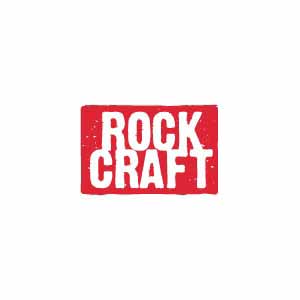
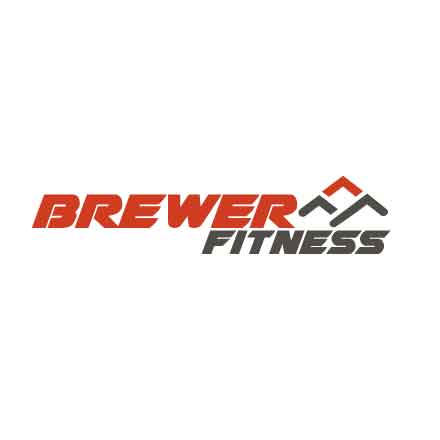


Add new comment